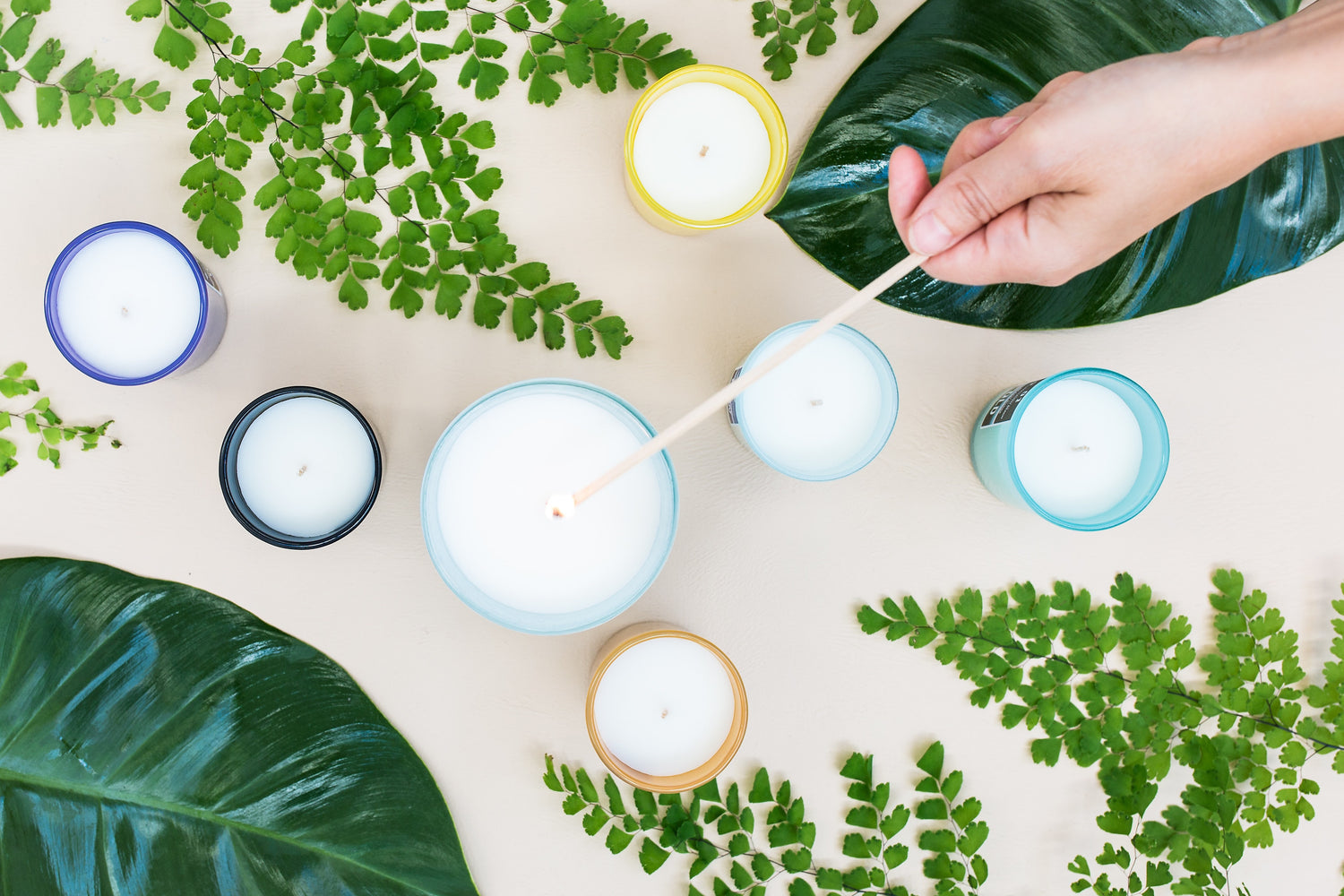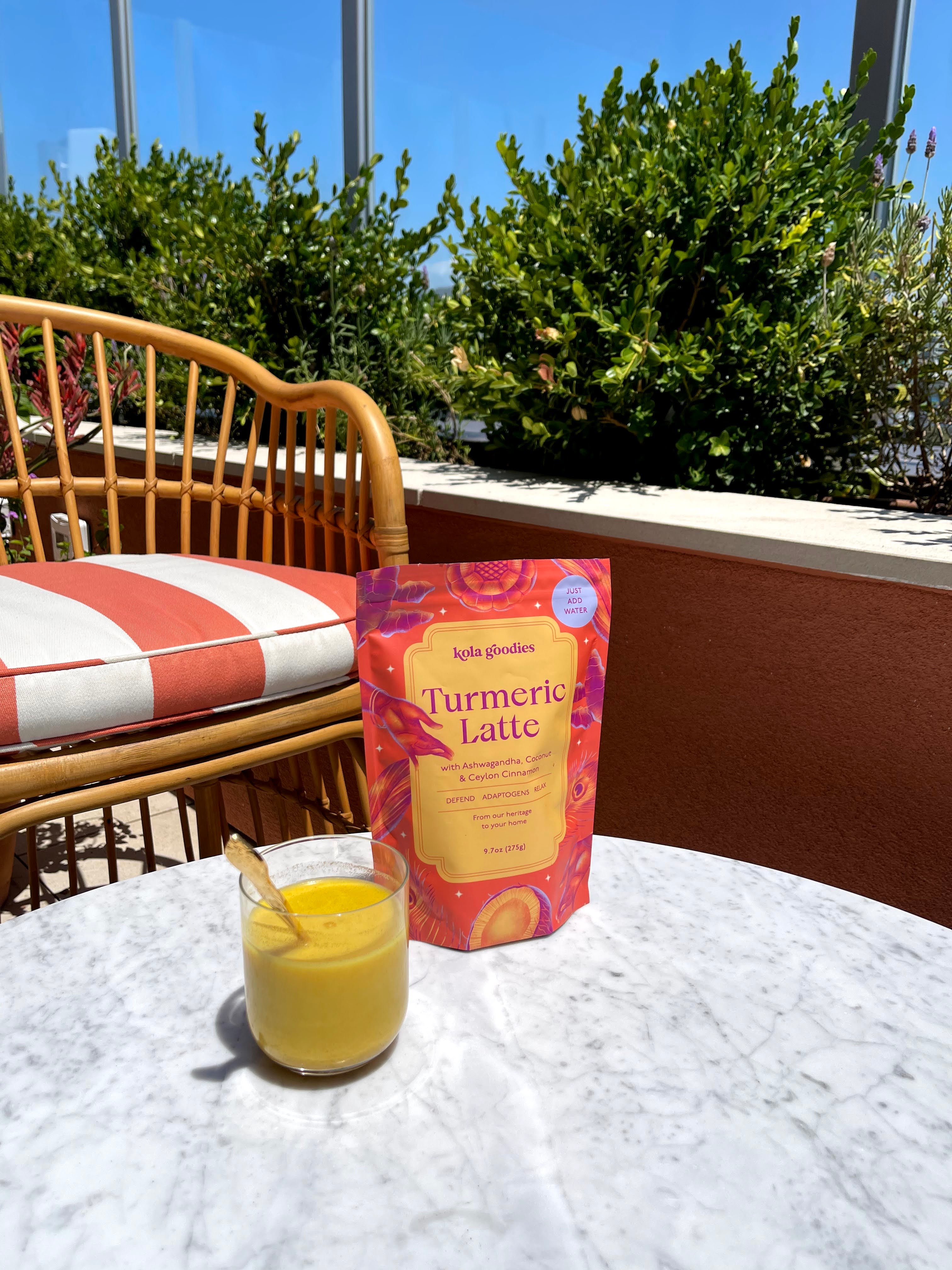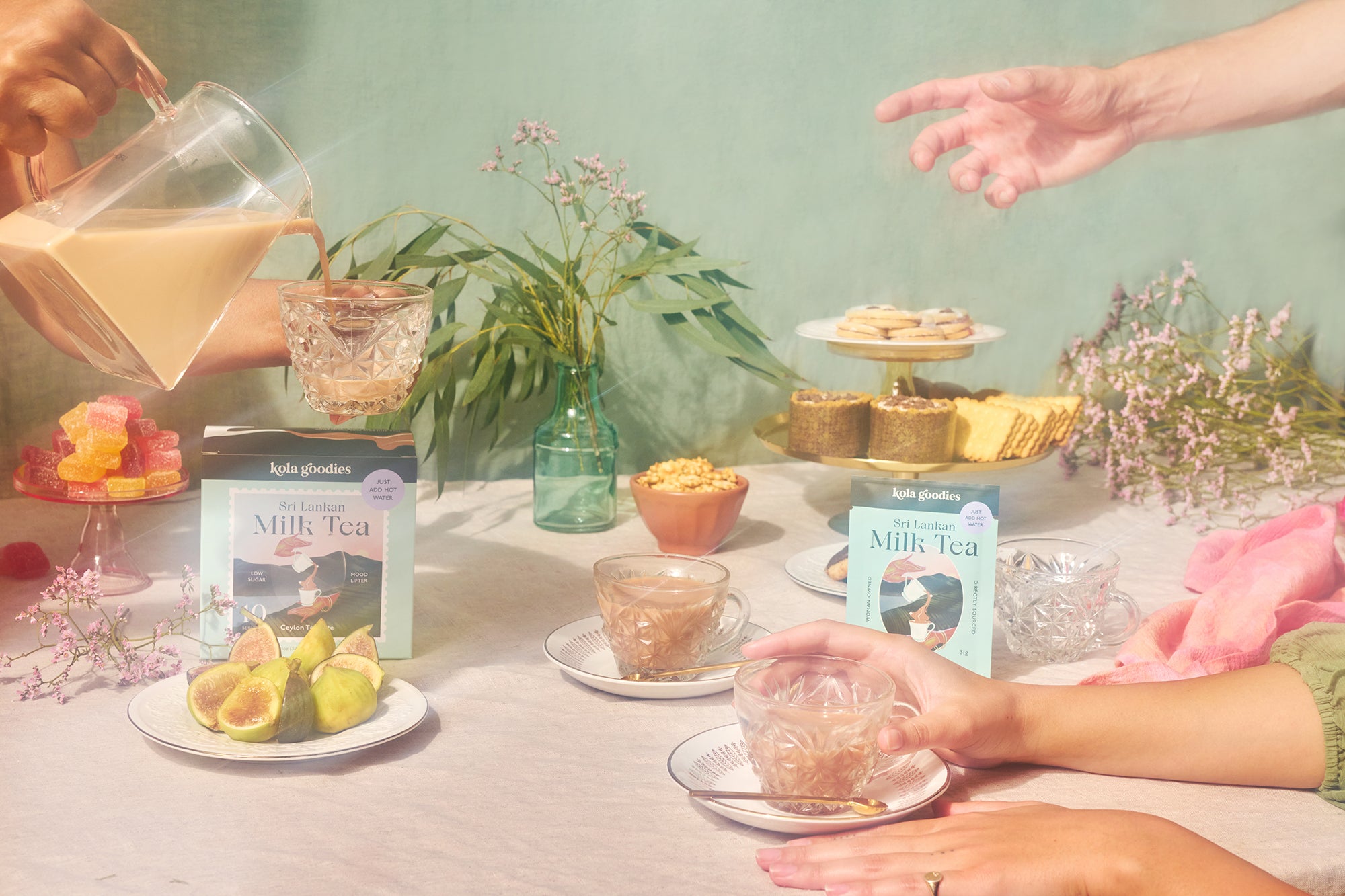From yoga to gua sha, Asian and Pacific Islander wellness practices and cultural ingredients have a rich history of cultural and spiritual intentions. We are seeing so many of them trending on social media and being “discovered” by people in the West who do not come from these cultures.
The global wellness industry has grown to $4.5 trillion. It’s no surprise that many non-AAPI-led, corporate businesses are profiting from these trends. Here are six examples of Asian and Pacific Islander wellness rituals and ingredients co-opted in the west:
1. Charcoal
In our parents' generation in Sri Lanka, it was common to use charcoal as toothpaste. Now, we’re seeing activated charcoal everywhere — it’s added to lattes and ice cream for aesthetic purposes or in pill-form as wellness supplements. Around the world, it's becoming more popular as teeth whitener in toothpaste. People in the wellness industry praise activated charcoal as an energy booster and strong detoxifier for your body.
2. Monoi Oil
This is a Tahitian oil made from soaking Tahitian gardenias in coconut oil. Known for its protective, moisturizing and absorbent properties, it is often applied to the skin and hair. Monoi oil dates back 2000 years ago, to the indigenous Maohi people. We are seeing it more and more in luxury perfumes and perfume oils, and with the popularization of coconut oil in beauty and wellness rituals.
3. Yoga
This one you’ll definitely be familiar with. Yoga is now practiced so widely in the West, and many yoga studios are not led by South Asian or BIPOC people. The history, intentions, and meanings behind yoga practices are becoming lost to a more mainstream, “Eat, Pray, Love” version. We’re seeing so many Western businesses and corporations capitalizing on this and creating yoga-related products and “must-have” items. A practice that is originally designed for anyone, is now becoming inaccessible to lower income folks or unwelcoming to BIPOC in America.
4. Gotu kola
Let's talk about this supergreen that we use in our Super Green Latte. Gotu kola is native to some South Asian and East Asian countries (including Sri Lanka), and the South Pacific. It was historically used to treat a variety of illnesses and is also an Ayurvedic treatment for burn scars and wounds. Gotu kola is popping up more and more in Western skincare products as an anti-wrinkle agent.
5. Gua sha
This is a traditional Chinese treatment of scraping a person’s back and body. More recently, it’s been popularized as a face treatment with the increase in face gua sha products and jade rollers. This practice has been simplified in the mainstream as a contouring and face-lifting beauty hack without a regard for its origin.
6. Jackfruit
This fruit, with its pungent smell and mild taste, comes from places like Bangladesh, Sri Lanka, the Philippines, Indonesia and Malaysia. If you go to the vegan aisle in your grocery store, you’ll start to see jackfruit in meatless alternatives for things like steak or shredded chicken, due to its “meaty texture,” and richness in fiber.




Leave a comment
This site is protected by hCaptcha and the hCaptcha Privacy Policy and Terms of Service apply.